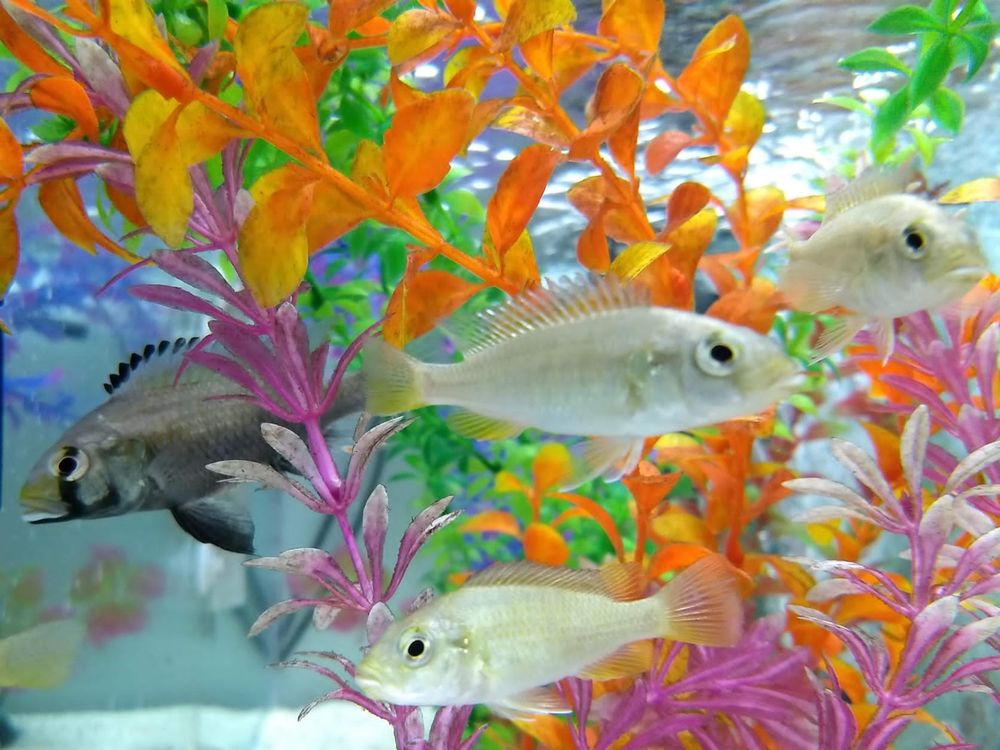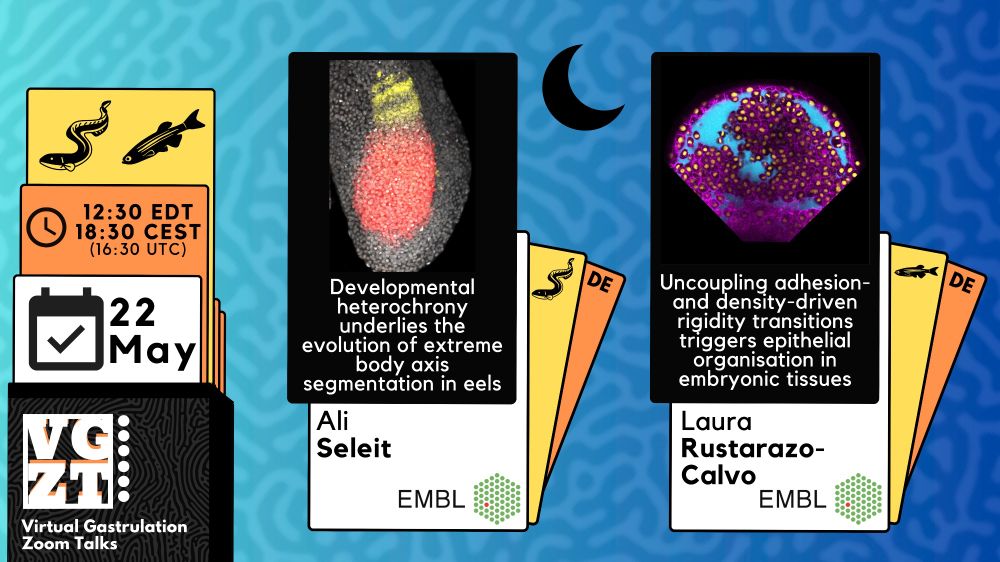Callum Bucklow
@callumbucklow.bsky.social
81 followers
69 following
21 posts
Eco-Evo-Devo, cichlids and skeleton evolution. DPhil Student @biology.ox.ac.uk in @bertaverd.bsky.social's lab! 中文学生.
Posts
Media
Videos
Starter Packs
Reposted by Callum Bucklow
Callum Bucklow
@callumbucklow.bsky.social
· May 29
Callum Bucklow
@callumbucklow.bsky.social
· May 29
Callum Bucklow
@callumbucklow.bsky.social
· May 29
Callum Bucklow
@callumbucklow.bsky.social
· May 29
Callum Bucklow
@callumbucklow.bsky.social
· May 29
Callum Bucklow
@callumbucklow.bsky.social
· May 29
Callum Bucklow
@callumbucklow.bsky.social
· May 29
Callum Bucklow
@callumbucklow.bsky.social
· May 29

Somitic Change Drives Changes in Vertebral Regionalisation in African Cichlids Despite Strong Canalisation of Somite Number
Vertebrae arise from somites, transient embryonic segments that rhythmically bud from the presomitic mesoderm during axial elongation. The number and identity of vertebrae are ultimately determined by...
www.biorxiv.org
Reposted by Callum Bucklow
Reposted by Callum Bucklow
Reposted by Callum Bucklow
Callum Bucklow
@callumbucklow.bsky.social
· May 16
Callum Bucklow
@callumbucklow.bsky.social
· May 16
Callum Bucklow
@callumbucklow.bsky.social
· May 16
Callum Bucklow
@callumbucklow.bsky.social
· May 16
Callum Bucklow
@callumbucklow.bsky.social
· May 16
Callum Bucklow
@callumbucklow.bsky.social
· May 16

African Cichlid Lake Radiations Recapitulate Riverine Axial Morphologies Through Repeated Exploration of Morphospace
African cichlids comprise more than 1800 species of freshwater fishes, with remarkable adaptive radiations in Lakes Tanganyika, Malawi, and Victoria that have given rise to extraordinary morphological...
biorxiv.org










